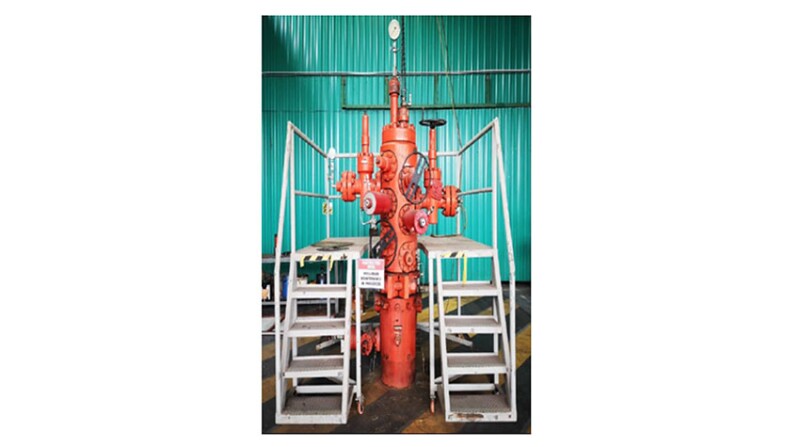A barrier-rated tubing-hanger valve has been invented to eliminate slickline intervention and minimize associated risks and operation time. Based on pilot installation performance, projected cost savings for one well from operation simplification and rig-time reduction are expected to be approximately 86% compared with conventional slickline run for 3½-in. tubing sizes, with up to approximately 10 hours of rig-time savings.
Introduction
Conventional backpressure valves (BPVs) are used commonly in current applications but are not certified as well barriers and are only used in a debris-catching capacity. The well design should include a minimum of two independent and tested barriers during any operation to prevent uncontrolled flow from the well into the environment.


